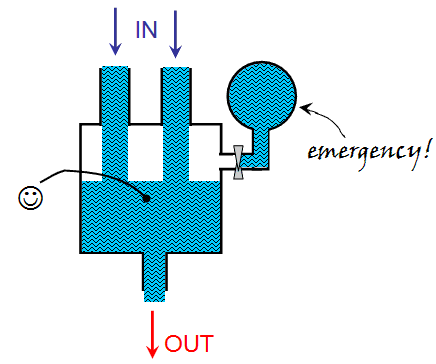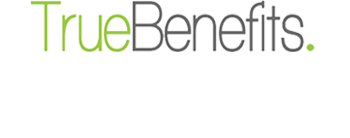Many new business ventures fail as they struggle to generate enough cash flow to sustain operations. Even for established companies, positive cash flow is required not only to take care of day-to-day expenses, but also to invest in infrastructure and future growth. We have on many occasions helped our clients improve their cash flow and make their businesses more efficient. We’d like to share a few tips with our readers:
1. Get rid of excess inventory
Excess inventory causes worry for every business. It adds to locked-in revenue and increases overhead. Companies are recommended to follow the accepted Japanese principle of ‘Just-in-Time’ to ensure that there is no inventory pile-up.
2. Reduce your accounts receivables
Reviewing payment terms and methods and collection policies can help improve cash flow. Long pending receivables can become bad debt that is ultimately written off, causing further stress to the business.
3. Control costs by evaluating expenses and approval authorities
An efficient expense approval process is needed to monitor business expenses. Minor expenses need not be scrutinized before approval, but it is important that such a mechanism is in place before the company can streamline its operations.
4. Improve revenue
Better customer retention and more repeat purchases are a boost to the company’s revenue and hence cash inflow. While new business development takes time, existing customers can keep the cash registers ringing.
5. Improve inventory turnover
Apart from getting rid of excess inventory, an improved inventory turnover also helps the business to generate cash flow quickly. By understanding customer needs and demands and stocking mostly items that move, companies can improve cash flow.
To ensure sustainability, companies need to go back to the basics and focus on their numbers. Many other specific factors can hinder the health of your cash flow, but the above tips can serve as general guidelines to improvement. If you would like a specific diagnosis, please contact us at info@pinpointtactics.com.


